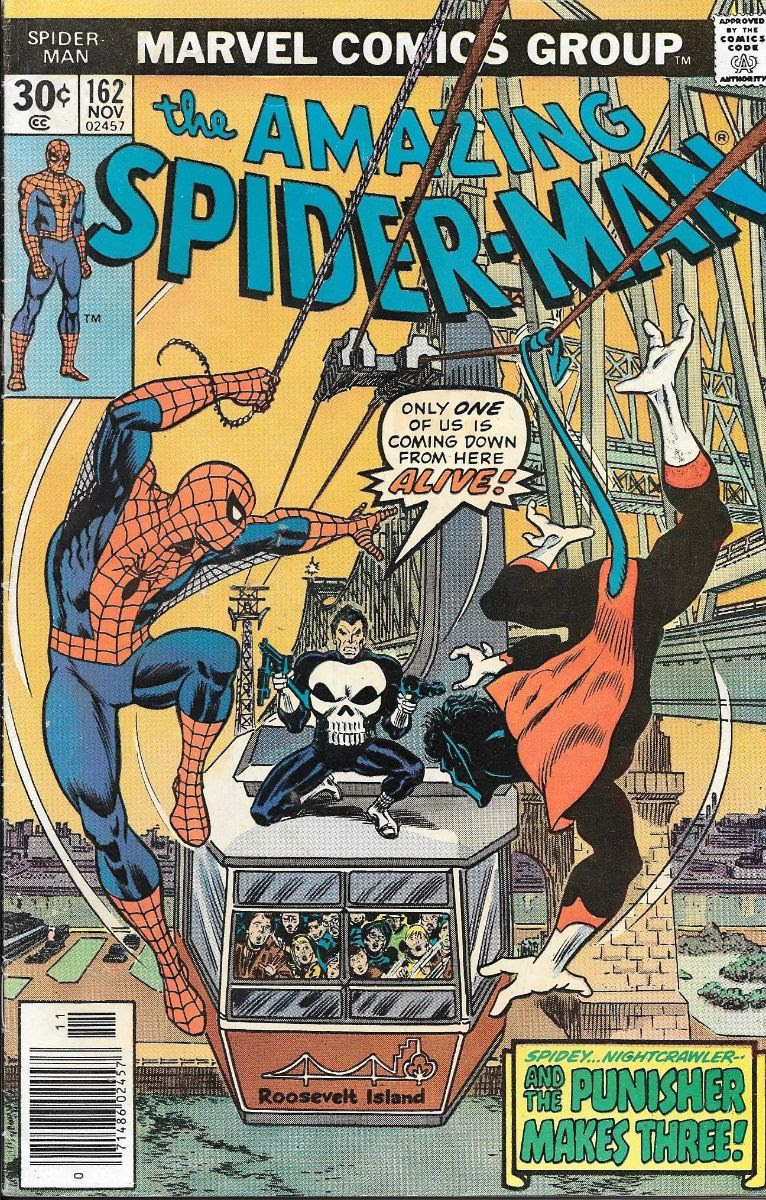March 23 – Medical Research History on Roosevelt Island

Monday, March 23, 2020

(c) Marvel Comics Group November, 1980
FROM THE ARCHIVE

Founding Fathers of NIH (including a Nobel Prize winner) hailed from Roosevelt Island
by Dottie Jeffries
With the National Institutes of Health (NIH) much in the news these days (think Anthony S. Fauci, MD, NIAID Director who is a lead in the White House briefings on COVID-19) , RIHS recalls the Island’s extraordinary history with the National Institutes of Health and with medical research at large. The early career experiences of these medical leaders on Roosevelt Island were seminal to their later accomplishments.

James Augustine Shannon, MD (1904-1994) who served as NIH Director from 1955-1968 had previously directed research at Roosevelt Island’s Goldwater Memorial Hospital (then affiliated with New York University) from 1940-1945. Dr. Shannon had first arrived at NIH in 1949, recruited from Roosevelt Island, as Associate Director in charge of research in the National Heart Institute and then went on to become NIH Director. Dr. Shannon was recognized for his original research in kidney function, chemotherapy, and malaria. Throughout his career, he was devoted to medical research, teaching, and public service.

Julius Axelrod, PhD (1912-2004) was a biochemist who also did research at Goldwater Hospital. In 1946, Dr. Axelrod began work under a leading drug researcher of the time, Bernard Brodie, PhD. The research experience and mentorship Axelrod received from Brodie would launch Axelrod on his research career. In 1949, Axelrod was recruited to work at the National Heart Institute, forerunner of the National Heart, Lung, and Blood Institute (NHLBI), part of the NIH. Dr. Axelrod won a share of the Nobel Prize in Physiology or Medicine in 1970 along with Bernard Katz, MD and Ulf von Euler, MD.
For more on the history of the NIH, click here.
Medical Science Born of this Island
By: Judith Berdy
This Island has always been a hub of medical and science research. Strecker Memorial Laboratory opened under the auspices of the Russell Sage Institute. The laboratory did pathological studies, research attached to the City Hospital, which was located adjacent to the lab. The building was closed in the 1950’s as a research facility.
In a history of Goldwater Hospital in 1950 we find that in 1935 The Research Council of the Department of Hospitals issued a general order to”foster medical research in the Department’s Hospitals”
When Goldwater Hospital opened under the name “Chronic Disease Hospital” in 1939, separate wards were designated for study of patients. The participating institution were Columbia University and NYU. The units located in the northernmost building adjacent to the research laboratories. After World War ll, it became know that Goldwater participated in secret research on malaria chemotherapy and other government authorized studies.
Among the projects was one studying marijuana for a small group of women. No results were published in this report.
Under the direction of Dr Howard Rusk, ground-breaking rehabilitation physician a 50 bed female and 50 bed male unit were set up for rehabilitation including a gymnasium and physical therapy division.
Goldwater was also accredited to maintain internships in medicine, neurology, pathology, physical medicine , anesthesiology and surgery. Dental internships an residencies were provided along with training for practical nurses
One challenge of the hospital was admitting patients with chronic disease and not custodial care. Many admissions were for polio patients and their treatment.
SUGGESTIONS + COMMENTS
W E L C O M E
What other topics would you like to learn about?
We have many items having to do with the island’s history in our archive and would love an opportunity to share this information with you.
Please submit suggestions to Judith Berdy

Leave a comment